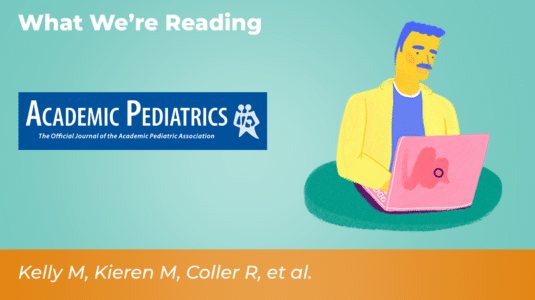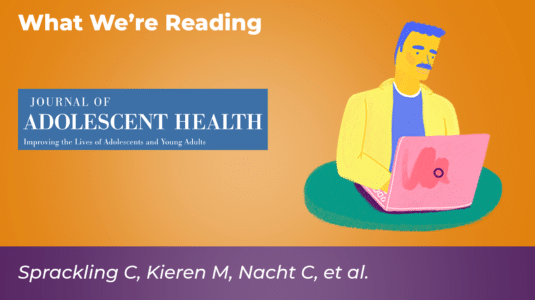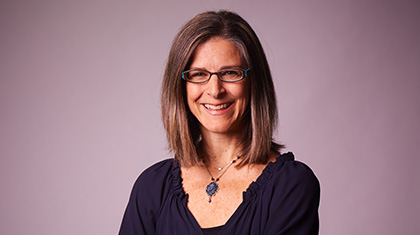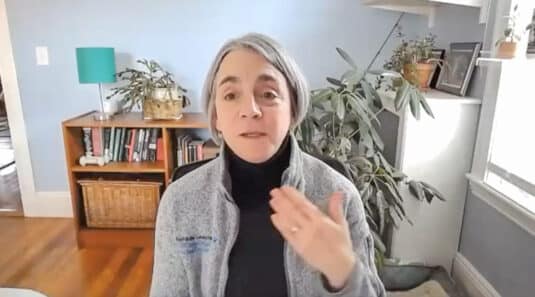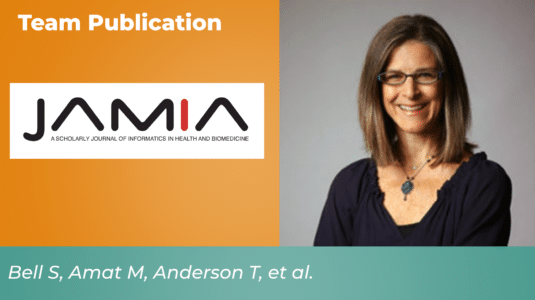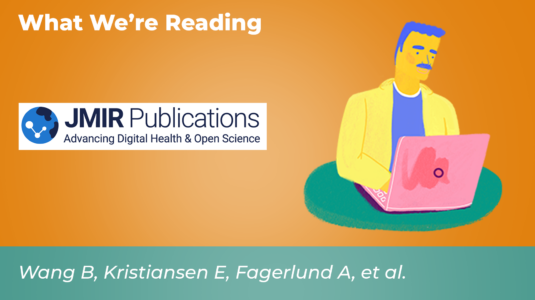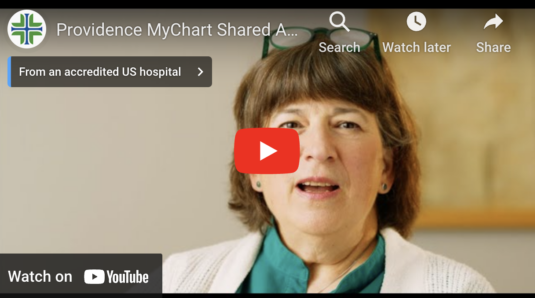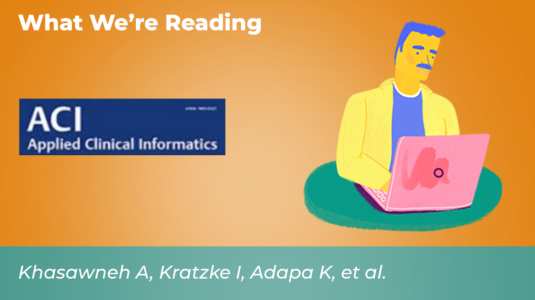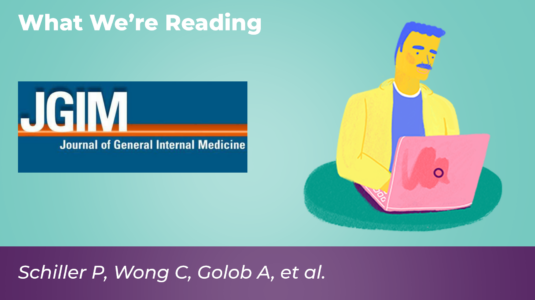While research on the impact of Open Notes in pediatric inpatient settings remains limited, recent findings have improved our understanding by adding actual caregiver experiences to the expectations identified in our initial study. As we move into this new era of transparency, we call for further investigation of the impact of note sharing on health care outcomes for children while continuing to develop strategies to mitigate challenges.
featured
Adolescent access to clinicians’ notes: Adolescent, parent, and clinician perspectives
This study aims to identify adolescent, parent, and clinician perspectives on the anticipated benefits and concerns of giving adolescents access to clinicians’ notes and strategies to support note-sharing in this population. These strategies may reinforce the potential benefits and mitigate the challenges of sharing notes with adolescent patients.
Odds of “Loop closures” 20% higher for patients with portal accounts, 40% higher for note-readers
“After controlling for sociodemographic and clinical factors, the odds of a loop closure were 20% higher in tests or referrals for patients with a portal account, and 40% higher in tests or referrals for note readers, compared with those not registered for the patient portal,” said Dr. Bell, lead author for the study.
From fringe idea to federal regulation: New applications of open notes
OpenNotes has evolved since the first published study over a decade ago. Dr. DesRoches says the focus now is on enhancing the patient experience and ensuring that technology, like predictive and generative AI, is leveraged to address challenges related to diverse patient populations. Importantly, she asks, “how might we share documentation in a way that ensures success for patients, families, and clinicians?”
Do patients who read visit notes on the patient portal have a higher rate of “loop closure” on diagnostic tests and referrals in primary care? A retrospective cohort study
Compared to no portal registration, the odds of loop closure were 20% higher in tests/referrals for patients with a portal account, and 40% higher in tests/referrals for note readers, after controlling for sociodemographic and clinical factors. However, important safety gaps from unclosed loops remain, requiring additional engagement strategies.
Users’ experiences with online access to electronic health records in mental and somatic health care: Cross-sectional study
[…] This study aimed to provide insight into the impact of PAEHR [patient-accessible electronic health records] on patient care, particularly for those with mental health conditions, and to inform clinical strategies to improve the use of PAEHR in health care settings. The transition toward EHR accessibility may present health care professionals with a unique opportunity to change how they think and write about patients.
Co-designing an initiative to increase shared access to older adults’ patient portals: Stakeholder engagement
We partnered with 3 health care organizations to co-design an initiative that aimed to increase shared access registration and use and that can be implemented using existing patient portals. Educational materials are publicly available at Coalition for Care Partners.
Providence Tutorial Aims to Increase Shared Access for Care Partners
In recognition of National Caregiver’s Month, Providence has launched a new video designed to increase shared access to the patient portal. Through this video, patients and care partners can gain a clear understanding of the benefits of shared access as well as step-by-step instructions for granting shared access through Providence’s instance of MyChart.
Effect of notes’ access and complexity on OpenNotes’ utility
Simplifying notes can improve understanding of notes for patients/families. However, perceived usability, cognitive workload, and satisfaction with even the simplified notes were still low. To make notes more useful for patients and their families, there is a need for dramatic improvements to the overall usability and content of the notes.
Internal medicine intern preparedness to document clinical encounters in the era of open notes: A needs assessment survey
[…] This study identifies a need to improve documentation education in the era of open notes. Additional research into the best ways to teach, write, and incorporate open notes into practice may empower trainees to use documentation to further improve patient care.
